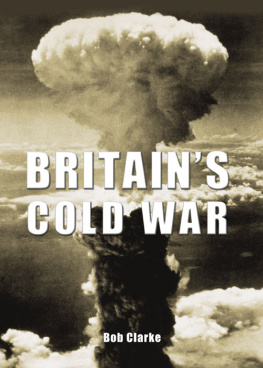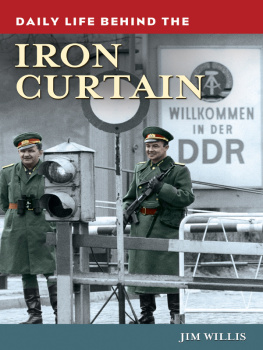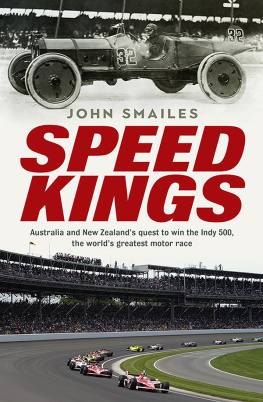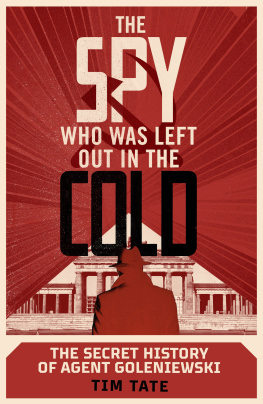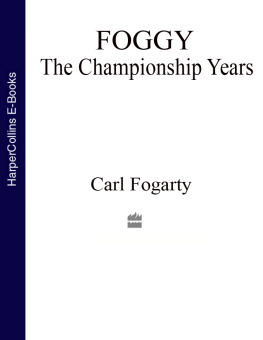STEALING SPEED
The biggest Spy Scandal in motorsport history
By Mat Oxley

Ernst Degners MZ chases the Hondas of Kunimitsu Takahashi (1), Tom Phillis (19) and Jim Redman during the 1961 Ulster GP. (Honda) All other photos appear at the end of this e-book
The following Mat Oxley books are available as e-books via Amazon:
The Valentino Rossi Files: Everything I've ever written about VR: From 2008 to now
The Valentino Rossi Files: Everything I've ever written about VR: From the beginning to 2007
The Fast Stuff: Twenty years of top bike racing tales
CONTENTS
Introduction
Chapter 1 Death from the sky
Chapter 2 Walters war
Chapter 3 Stealing potatoes
Chapter 4 Commies get going
Chapter 5 Let the devil take the hindmost
Chapter 6 The ring-a-ding-ding and the zing-zing-zing
Chapter 7 Tinker, tailor, racer, spy
Chapter 8 Real, genuine Iron Curtain hero
Chapter 9 The anti-fascist protection barrier
Chapter 10 Like the devil was after him
Chapter 11 The final cut
Chapter 12 Degners deed
Chapter 13 Fog on the mountain
Chapter 14 The Stasi never forgets
Epilogue
Thanks, acknowledgments & authors note
Researching a moment of motorsport history that happened half a century ago required delving deep into many peoples memories.
First, I would like to thank the surviving riders of the era who helped me with their sometimes bone-chilling tales of their experiences. Multiple 1960s world champion Luigi Taveri, his wife Matilda and daughter Blanca welcomed me to their memory-packed home in Switzerland. Frank and Rita Perris, both close friends of Degner, were wonderful hosts at their home in South Wales. Ritas sister Gitti Pagani also revealed vital information about Degners great escape. MZ rider Hans Fischer and factory mechanic Walter Hubert gave me a unique insight into life at Zschopau. Other legends of the 1960s Jim Redman, Phil Read, Tommy Robb, Stuart Graham and Mitsuo Itoh were also invaluable in evoking a picture of racing during that fabulous but fatal era.
Ernst Degners widow Gerda and his eldest son Olaf allowed me to interview them in Degners former apartment in Tenerife. Fidele and Frank Petry, widow and son of Paul Petry who bravely drove Gerda, Olaf and Boris through the Berlin Wall, were also enormously helpful.
Walter Kaadens widow, son and grandson, Ingeborg, Norbert and Jens, told me everything I needed to know about the great man and his achievements, the interview conducted in the house where Kaaden must have cogitated upon all his genius ideas.
Authors Mac McDiarmid and Jan Leek were my other link to Kaaden. They both interviewed him shortly after the Iron Curtain was raised in 1989 and allowed me to plunder their texts. Leeks brilliant but hard-to-get-hold-of book MZ: The Racers was where I first learned of this amazing story.
Loyal MZ servant Christian Steiner and his wife Edeltraud arranged many MZ contacts without which writing this book would have been impossible. A huge debt of thanks to them,
Grand Prix reporters of the 1960s Mick Woollett and David Dixon were vital mines of information and stories, as were the archives at Motor Cycle News . Tech-heads Neil Spalding and the late, great Vic Willoughby helped me get my head around the technology of the period.
My thanks also to Ferry Brouwer, Sabine Martin, Mark Graham, Michael Scott, Bennie Pinners, Hugo Wilson of Classic Bike , Henk Keulemans, Harold Bartol, Robert Fleck, Winfried Kerschhaggl of KTM, Henny Ray Abrams, John Pawsey, Mary J Green, Gwen, Gwyndaf and Glyn Edwards, Maureen Mammone, Bill Snelling, Paul Bradford, Frank Bischoff, Mac Mackay, Julian Ryder, Marc Petrier, Charlie Hennekam, Rupert Paul, Rod Houston of Orbital engine design, Kar Lee, David Fiddeman of Davida and Jacqui Harris of Bauer archives.
Inevitably, despite employing the memories of so many people, I still found blank spots in this amazing story. That is an inevitable part of any history book. So, like any historian Ive added colour to the story and there are times when Ive had to make assumptions in the absence of hard facts, but Ive never made assumptions that might change the substance of the story.
Mat Oxley, Spring 2009
Introduction
When Ernst Degner defected from communist East Germany in the summer of 1961, carrying with him a suitcase of top-secret engine parts, he could never have known that his determination to taste freedom was going to change the world.
The know-how that Degner bundled James Bond-style across the border would quickly transform the racetracks of the world and then the streets of pretty much every western nation. The two-stroke became the cult motorcycle of a new generation, the street rebels weapon of choice. Furiously fast and fun, its scary chainsaw soundtrack became music to the ears of rebellious youth across the world.
And there was something else that Degner didnt know. Some of the vital technology that he had stolen from East German motorcycle manufacturer MZ had its genesis at the secret-weapons development site where the Nazis developed their notorious V-1 and V-2 rockets. The same technology that the Nazis had used to wreak death and destruction upon the Allies during the final months of World War Two had been manipulated to transform the two-stroke motorcycle from cheap runabout to raging banshee, a fire-breathing winner on road and racetrack.
This was the know-how upon which Suzuki and then Yamaha and Kawasaki built their reputations. The Kaaden-inspired two-stroke was thus a cornerstone of Japans takeover of the global motorcycle market. And Japans booming motorcycle industry was a key element in the nations transformation into consumer-age giant, supplying the world with all kinds of irresistible technology, from high-performance motorcycles to personal stereos, from camcorders to luxury cars. Kaaden certainly played his part in the history of the 20 th century.
This book is about two men and their motorcycles, one who chose loyalty and lost, but died a happy man, the other who chose betrayal and won, but ended his life a broken man.
Walter Kaaden was the loyal engineer who learned so much working on the Nazis secret weapons and then applied that knowledge to more peaceful ends. He became father of the modern two-stroke, godfather of a thousand Grand Prix victories and a few million motorcycle sales. Using V-1 rocket technology, Kaaden ingeniously unlocked the unknown potential of the humble two-stroke engine, unleashing almost double the horsepower of a four-stroke. He made the two-stroke sing like a musical instrument, using resonance and harmonics instead of mechanical valves to create the most powerful internal combustion engines on earth. His 1961 MZ 125 race engine was the worlds first in cars or motorcycles to make 200 horsepower per litre without supercharging. Two years later MZ was poised to win the world championship.
Ernst Degner was the tough racer with two huge ambitions: to be world champion and to be free. Raised an orphan in war-torn East Germany, Degner became Kaadens favoured son at MZ and an Iron Curtain hero, the man who was going to give the communists their first motorsport success over the West, proving that commie technology could outperform anything the capitalists could come up with. He was Yuri Gagarin on a motorcycle.
Instead Degner went over to the other side, pulling off the automotive heist of the century and selling Kaadens genius technology to struggling two-stroke manufacturer Suzuki. He wanted freedom for his family, but he took the opportunity to get rich at the same time. His old communist comrades believe he sold more than go-faster secrets to the West, they believe he sold his soul to the capitalists.
Next page



